1. Centralia, Pennsylvania
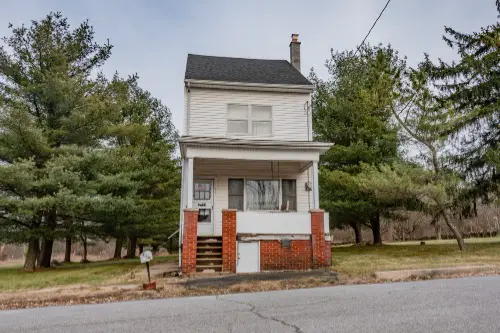
Centralia’s story is famous for one man’s stubborn refusal to leave after an underground coal mine fire started in 1962. While the government tried to relocate residents due to toxic gases and collapsing roads, one resident stayed put for decades, holding onto his home and memories. His refusal gave Centralia a ghost-town reputation, attracting curious visitors even as most neighbors left. This lone holdout became the symbolic heart of a town slowly consumed by fire.
Despite the danger, his attachment to Centralia was a form of quiet protest against the loss of a community and identity. His stand kept the town on the map, despite widespread abandonment. Today, Centralia is a strange blend of ruins and resilience, all thanks to that one person’s defiance. It’s a reminder that sometimes, history clings stubbornly to the land through the will of a single soul.
2. Dogtown, Massachusetts

Dogtown was a thriving village in the 1700s, but by the 1800s, it was mostly abandoned. Legend says a few residents refused to leave, despite the economic decline and harsh winters. These holdouts maintained their small homesteads, living off the land and preserving the history of a town that was slowly fading from maps. Their persistence kept Dogtown alive as a cultural memory.
The remaining settlers became guardians of an eerie landscape marked by stone walls and cellar holes. The locals’ refusal to move inspired stories and art, turning Dogtown into a haunting tourist spot. It’s an example of how one or two people’s commitment can preserve history in an unexpected way. The town’s legacy now lives through its steadfast residents’ refusal to let go.
3. Jerome, Arizona
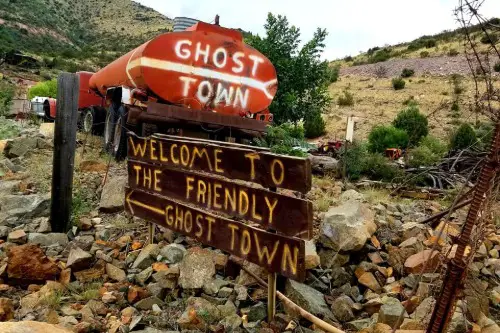
Jerome was once a booming copper mining town, but as mines shut down in the 1950s, most people left. One family refused to abandon their property, transforming Jerome from a ghost town to a vibrant artist community over time. Their presence attracted other artists and entrepreneurs, sparking a revival that reshaped the town’s identity. What started as stubborn loyalty grew into a cultural renaissance.
Today, Jerome is famous for its galleries and historic charm, all rooted in that initial refusal to move away. Without that family’s tenacity, it would’ve vanished like many mining towns before it. This example shows how holding on can sometimes mean starting fresh in a completely new way. Jerome proves that staying put can lead to unexpected, beautiful new chapters.
4. Calico, California
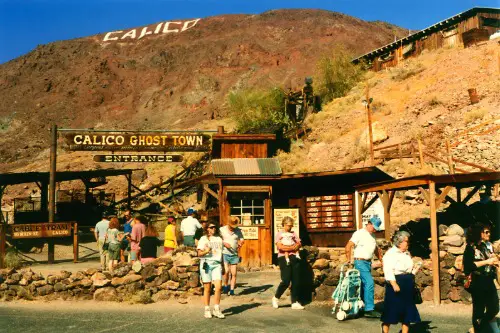
Calico was a silver mining town in the late 1800s, but by the early 1900s, it had turned into a ghost town as mines dried up. However, one man bought the entire town in the 1950s and refused to let it disappear, restoring buildings and inviting tourists. His determination saved Calico from oblivion and transformed it into a popular historic park. Without his refusal to move on, Calico’s dusty stories would have been lost.
This man’s passion for history turned Calico into a living museum, preserving the Wild West spirit. His efforts gave a second life to a place many had forgotten. Calico is a perfect example of how one person’s refusal to abandon history can preserve culture for future generations. It’s not just a town; it’s a time capsule, all because one individual said no to leaving.
5. Central, Alaska

In the early 1900s, Central was a bustling gold rush town, but when the gold ran out, many miners packed up and left. One stubborn prospector stayed behind, convinced there was still gold to be found. His refusal to leave attracted others over time, and the town continued to exist as a small but determined community. Central’s survival owes a lot to his refusal to give up on the land.
This prospector’s grit helped maintain the town’s spirit and population, even when the gold rush frenzy was long over. Central remains a gateway to wilderness adventures, thanks to that one person’s stubborn hope. The town’s ongoing life shows how sometimes persistence can keep a place alive beyond economic booms. It’s a classic story of faith in a dream that never dies.
6. Bodie, California
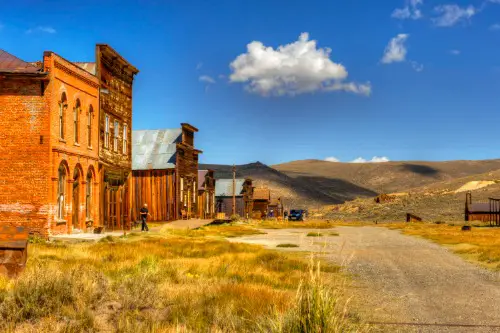
Bodie was once a gold mining boomtown but became a ghost town when the mines closed in the early 20th century. Despite the mass exodus, a handful of residents refused to leave, keeping the town somewhat alive. Their presence delayed complete abandonment, preserving Bodie’s structures and stories. Their stubbornness eventually helped Bodie become a state historic park.
These last holdouts protected a piece of American mining history with their refusal to move. Bodie’s eerie, preserved streets now attract visitors curious about the Old West. It’s a perfect example of how a few determined souls can keep a town’s legacy from fading. Their decision to stay turned Bodie into a window to the past.
7. Elkmont, Tennessee
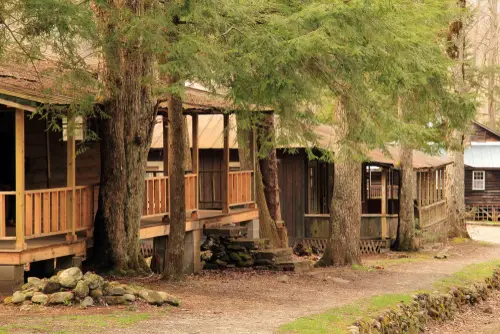
Elkmont was a logging town in the early 1900s, but when the logging industry declined, most people left. Yet, one family refused to leave their cabin in the Great Smoky Mountains, holding on to generations of memories. Their refusal kept Elkmont on the map and helped protect its historic buildings from destruction. Eventually, the area became part of a national park.
Their stand preserved a unique slice of Appalachian history and culture. Without their resistance, Elkmont’s charming cabins might have disappeared under logging scars. Today, hikers and history buffs appreciate the town thanks to that family’s unwillingness to move. It’s a story about roots and respect for the land that outlives economic shifts.
8. Terlingua, Texas
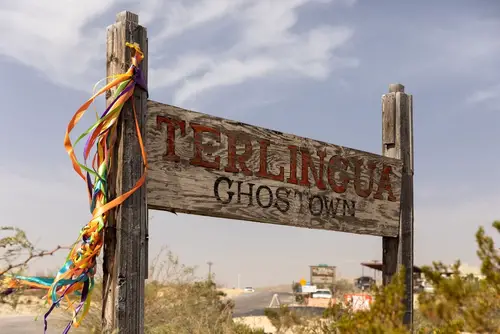
Terlingua was once a mercury mining town that was mostly abandoned after the mines closed in the 1940s. One couple refused to leave and started living off the grid in the desert. Their presence inspired other artists and free spirits to settle there, turning Terlingua into a quirky, vibrant community. Their refusal to move sparked an unexpected cultural revival.
Terlingua’s story is about resilience and reinvention, fueled by that initial refusal to pack up. The town is now known for its arts festivals and ghost town charm. Without that couple’s grit, Terlingua might’ve vanished into desert dust. Instead, it thrives as a symbol of creative endurance.
9. St. Elmo, Colorado
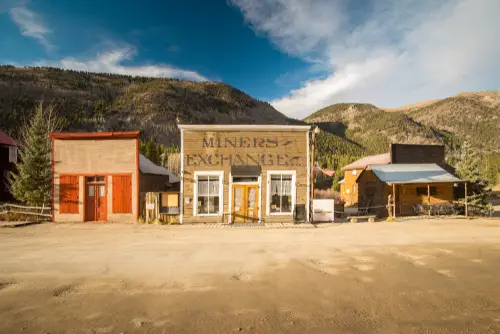
St. Elmo was a prosperous mining town, but when the mines shut down in the early 1900s, most people left. A few residents refused to move, maintaining their homes and the town’s charm. Their presence kept St. Elmo from being completely forgotten, preserving its historic buildings. Today, it’s a well-preserved ghost town with a small, steadfast population.
These residents’ refusal to leave has helped keep Colorado’s mining heritage alive. St. Elmo now attracts tourists who want to experience history firsthand. Their determination shows how even a small number of holdouts can protect a town’s soul. It’s a beautiful mix of history and heart.
10. Rhyolite, Nevada
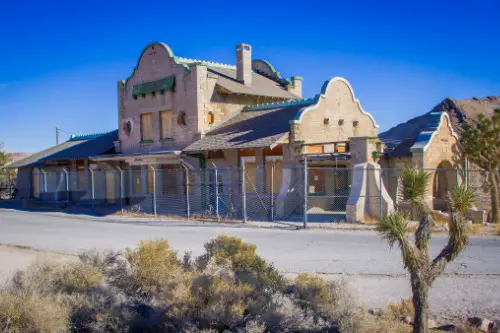
Rhyolite was a gold rush town that boomed in the early 1900s but quickly declined when the gold ran out. While most left, one local refused to abandon his claim and home. His persistence helped preserve parts of the town and kept its story alive in Nevada folklore. Rhyolite’s ruins stand as a testament to both boom and bust—and stubborn loyalty.
This man’s refusal to leave became a symbol of grit in the face of hardship. Rhyolite now draws ghost town enthusiasts and history lovers from around the country. Without his holdout, the town’s history might have been buried under desert sands. Instead, it remains a poignant reminder of the past.
11. Cahawba, Alabama
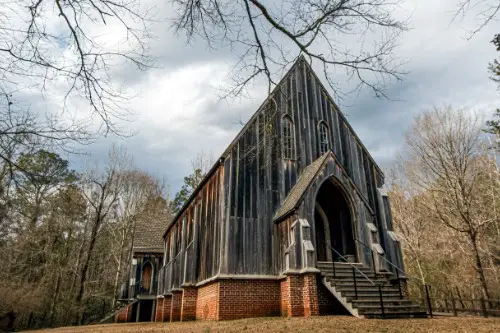
Cahawba was Alabama’s first state capital but was abandoned after repeated flooding. One family refused to move away, choosing instead to rebuild and stay on the land. Their determination kept Cahawba’s ruins preserved as a historic site. This family’s stand has allowed visitors to explore the once-thriving river town.
Their refusal to leave is a story of resilience in the face of nature’s challenges. Cahawba is now a fascinating archaeological and historical spot. Without that family’s loyalty, its rich story might have been lost completely. Their choice kept history within reach.
12. Terrell, Texas
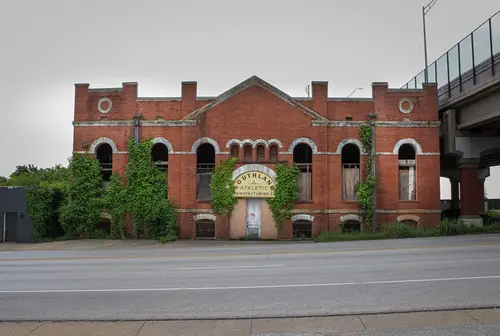
Terrell was a small railroad town facing decline when most people moved on. One long-time resident refused to leave, holding onto family land and memories. His refusal kept the town alive just enough to maintain community ties. Terrell eventually reinvented itself as a railroad museum and cultural hub.
This resident’s stubborn loyalty saved Terrell from fading away entirely. His presence encouraged preservation efforts that benefit the town today. It’s proof that staying put can create opportunities for rebirth. Terrell’s story is one of grit and pride.
13. Riddle, Oregon
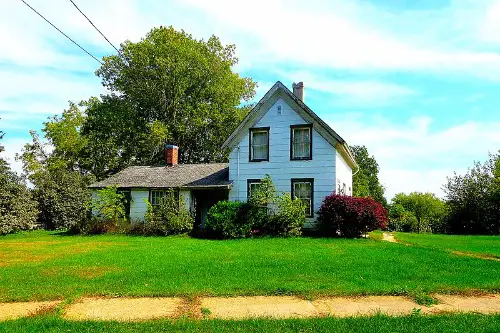
Riddle was once a logging town that declined after the timber industry shrank. One couple refused to move, working to preserve the town’s spirit and history. Their refusal helped keep Riddle on the map and encouraged heritage tourism. Today, Riddle honors its past with festivals and community pride.
This couple’s choice to stay made all the difference in preserving a piece of Oregon’s history. Their loyalty turned a fading town into a place of remembrance and celebration. Riddle shows how determination can keep history alive in unexpected ways. It’s a quiet victory for local heritage.
14. Quitman, Georgia
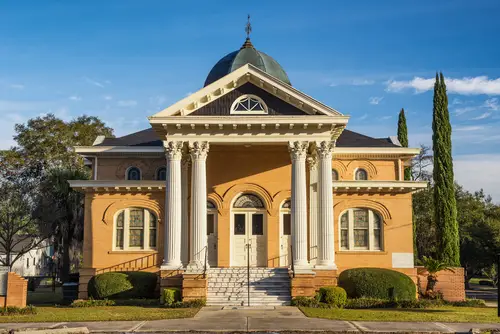
Quitman was a small railroad town that dwindled when the railway lost importance. One resident refused to leave, holding tight to his family property and local traditions. His presence encouraged others to keep the community alive despite economic challenges. Today, Quitman retains its small-town charm, thanks to his determination.
His refusal to move helped maintain schools, churches, and local events that might otherwise have vanished. Quitman’s survival is a story of stubborn loyalty to place and people. It reminds us how one person’s choice can preserve a whole community’s heartbeat. It’s the quiet power of refusing to let go.
15. Thurmond, West Virginia

Thurmond was a railroad town that declined with the industry’s fall. One stubborn family refused to leave, maintaining their home amidst empty streets. Their presence preserved Thurmond’s historic buildings and stories. Thanks to them, Thurmond became part of the New River Gorge National Park.
Their refusal to move gave the town a heartbeat even as trains stopped running. Thurmond now attracts visitors interested in railroad history and Appalachia’s past. This family’s dedication helped save a slice of West Virginia’s heritage. It’s a testament to the power of staying rooted.
This post 15 Towns That Exist Entirely Because Someone Refused to Move was first published on American Charm.


